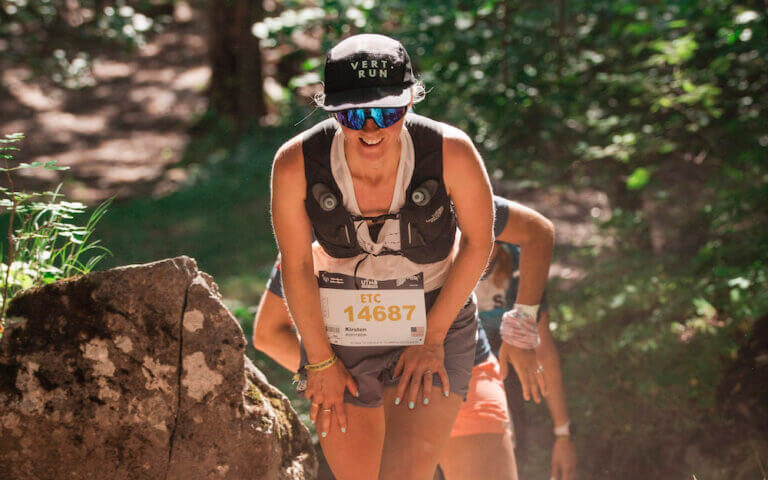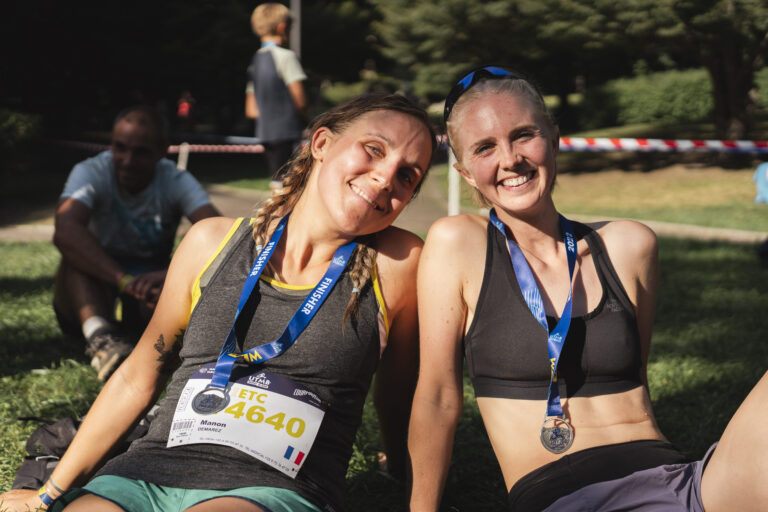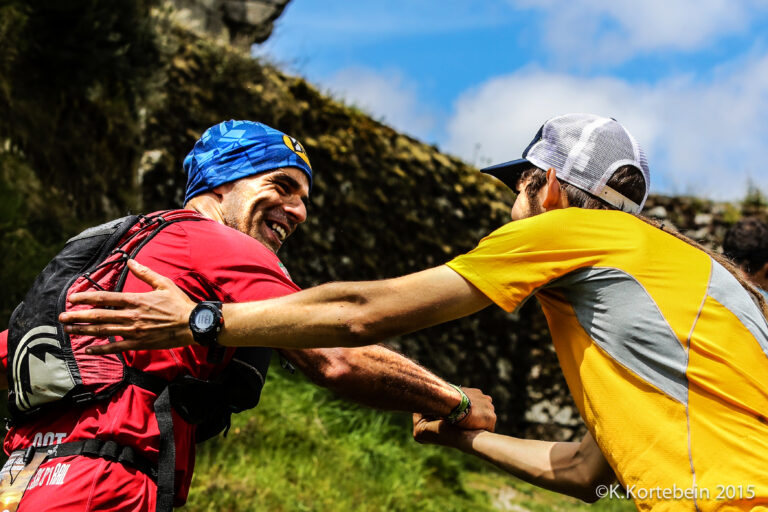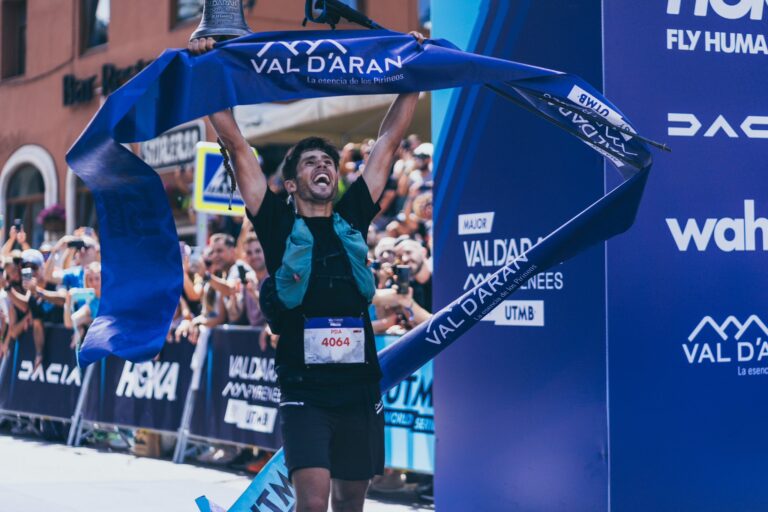Instagram is tricky. If we were to guess, based on social media, the percentage of trail runners who live in a perfect chalet in the middle of the mountains, we’d think: “yeah, that’s pretty much every trail runner except me.” But the reality is that most of us in this sport don’t have easy, daily access to beautiful single track trail.
Think about it: even a trail runner who lives in Denver, Colorado still doesn’t have simple trail access for an after work jog on a Tuesday. The reality is that most of us have to get creative, especially when training during the week.
So for some inspiration, we asked some of our athletes–most of whom train either with Ruth Croft’s “Train for an Ultramarathon in a City” training plan, or Hillary Allen’s 50k plan–for some advice about how they crank out elevation gain in some of the flattest places on earth. From Singapore to the Netherlands to London, here you go.
We hope this helps keep you inspired to find creative ways to get vert. If you train in a flat place and want to share your story, email us! team@vert.run
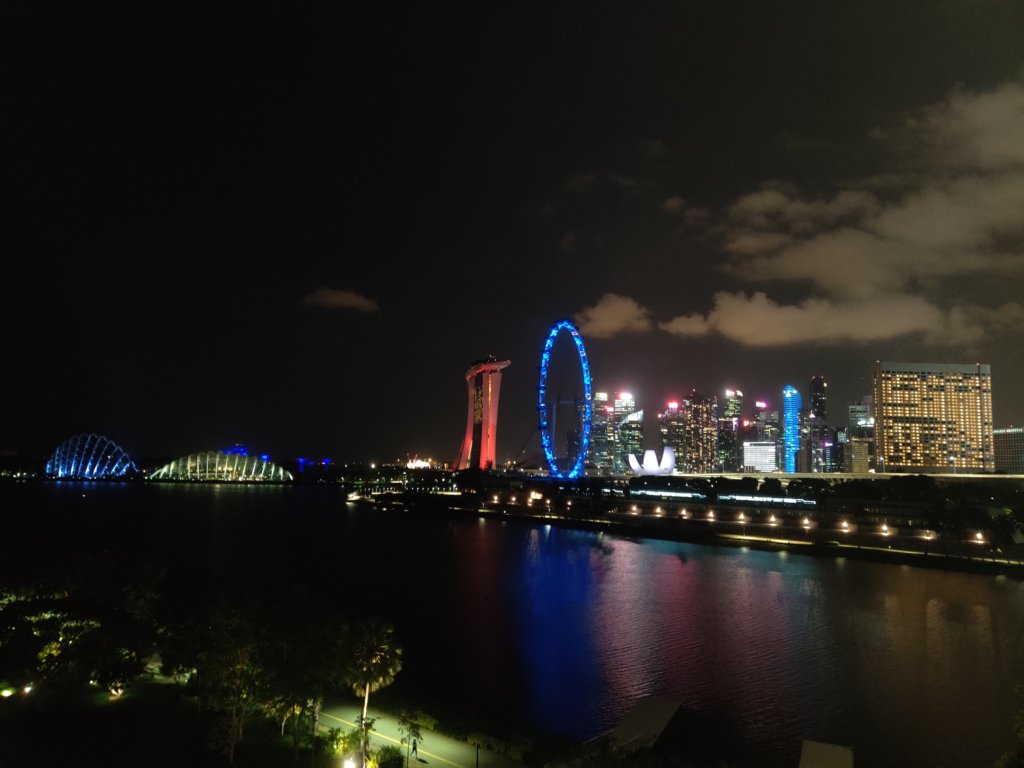
Name: Jackson Harper.
Location: Singapore.
Before I joined Vert.run, I never looked for hills so I’d have less than 100 meters of elevation gain a week. Now I’m closer to 600 meters a week.
What’s been the biggest challenge mentally for you, with training in a flat place?
For me it takes a little extra planning time. I had to come up with an inventory of hills or hill-like things near me that I can use for workouts. At the beginning of the week I go over the training plan and try to figure out if I should use the stairs in my apartment building, a nearby bridge with a gentle slope, the rolling hills in a residential zone six kilometers away, or our 190m tall “mountain” that is 15km from me.
Sometimes I pick wrong and need to adjust the workout on the fly. A hill might be two short for 1 minute intervals or not steep enough for hiking.
What’s the most creative way you’ve done elevation gain? Or the most frequent way you use?
There’s a great bridge that goes over Singapore’s famous marina. It’s mostly used by cars but does have a sidewalk. I find it really handy because there are some stairs at the start and then a gentle slope.
My apartment building is 23 stories, so that makes for a good hiking workout.
My most frequent hills are in a nearby neighborhood. You see a lot of runners there. All the neighborhood dogs bark at us running up and down the hills, so I’m always worried people will complain.
What’s the maximum elevation gain you’ve done in one week? (or in one day?)
Not much! When I do my long runs I get to Mount Faber, which is 190 meters of elevation. The park I normally run in is reclaimed land so it’s totally flat.

Name: Bernd Lösing.
Location: The Netherlands.
The biggest challenge for me to imitate the “mountain feeling” in a flat country. That is why I run as much as possible in nature and I run as little as possible on the road. Fortunately, there are some smaller hills. But they are scarce. And above all use your imagination 🙂
I try to get my elevation gain mainly from hill repeats. And sometimes I train on the treadmill, but that’s so boring! If I really want to make elevation gains, I get in the car and drive to Belgium (Ardennes). For me that is a 2.5 hour drive from where I live. But you don’t just do that for a training of course 😉
The maximum elevation gain that I have been able to do here in the Netherlands during a training is about 1000m. But these are mainly hill repeats.
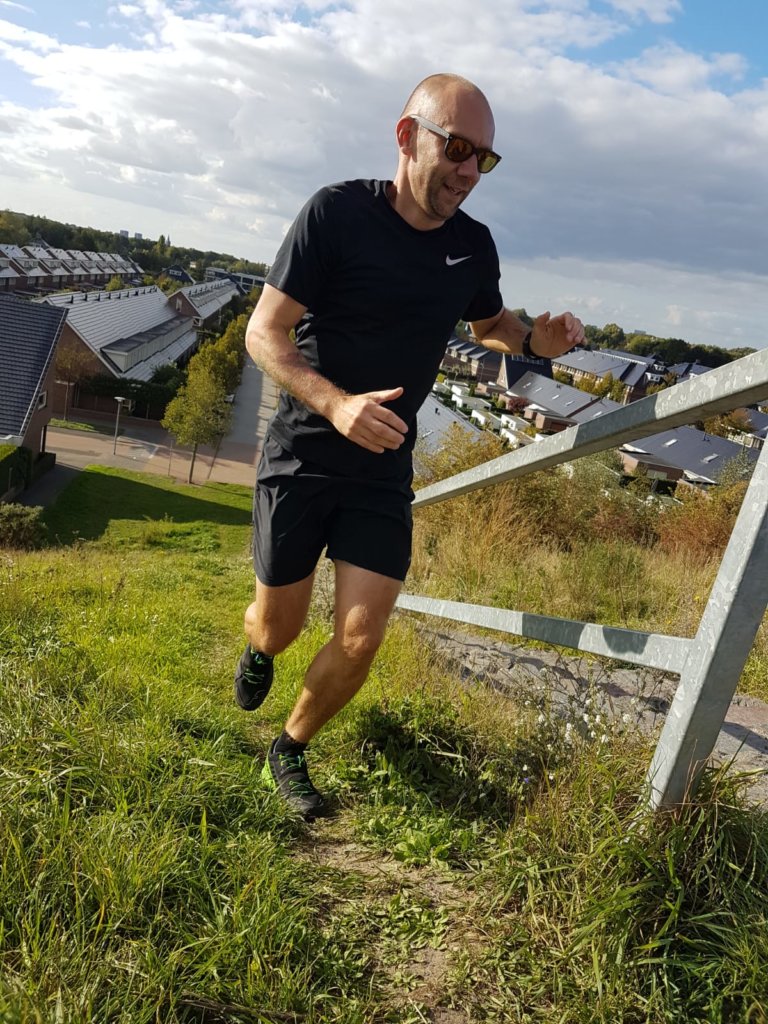
Name: Ruben Vlaander.
Location: The Netherlands.
What’s been the biggest challenge mentally for you, with training in a flat place?
I really love to be in the mountains; for walking, running and mountaineering. This said it is quite funny that I live in the Netherlands. I try to run a race in the Alps, Vogezen or someplace at least once a year. Those are generally the places where you have a lot of elevation gain.
In preparation for those races I first start by doing a lot of kilometers. Later in my training schedule I specifically search for elevation. I find this elevation via some hills or stairs in the local parks. Sometimes I also go to the south of the Netherlands for a competition where you have more vert.
What’s the most creative way you’ve done elevation gain? Or the most frequent way you use?
I started earlier this year with running with the Ruth Croft’s Vert.Run program. The weekly planning drives my to finds new stairs and other places. A month a go I went running on a former wastedump. It is now a hill and has some nice stairs.
What’s the maximum elevation gain you’ve done in one week? (or in one day?)
As said in the Netherlands my elevation gain is modest. A regular week is 600-800 meters.
But I have my share of elevation in some races as the maxi race annecy (7k) or the UTMB (10K)
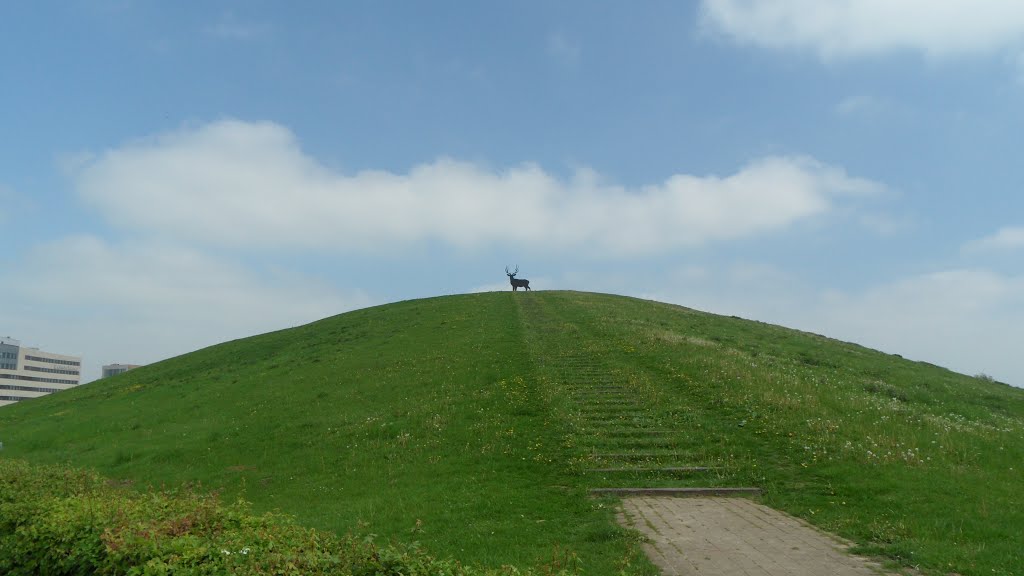
Name: Scott Mitchell.
Location: United Kingdom (just north of London).
I really enjoy the challenge of pushing and defeating each hill. Probably attack them too hard but at least keeps me positive rather than shying away.
I live in Watford about 16 miles north of London and my parents live in Devon and Cornwall and so use these opportunities to do some good hill work.
I guess being flatter helps with understanding your speed as it remains more constant across the miles. Until doing Vert.run’s training plans it is not something I had considered as specific training.


